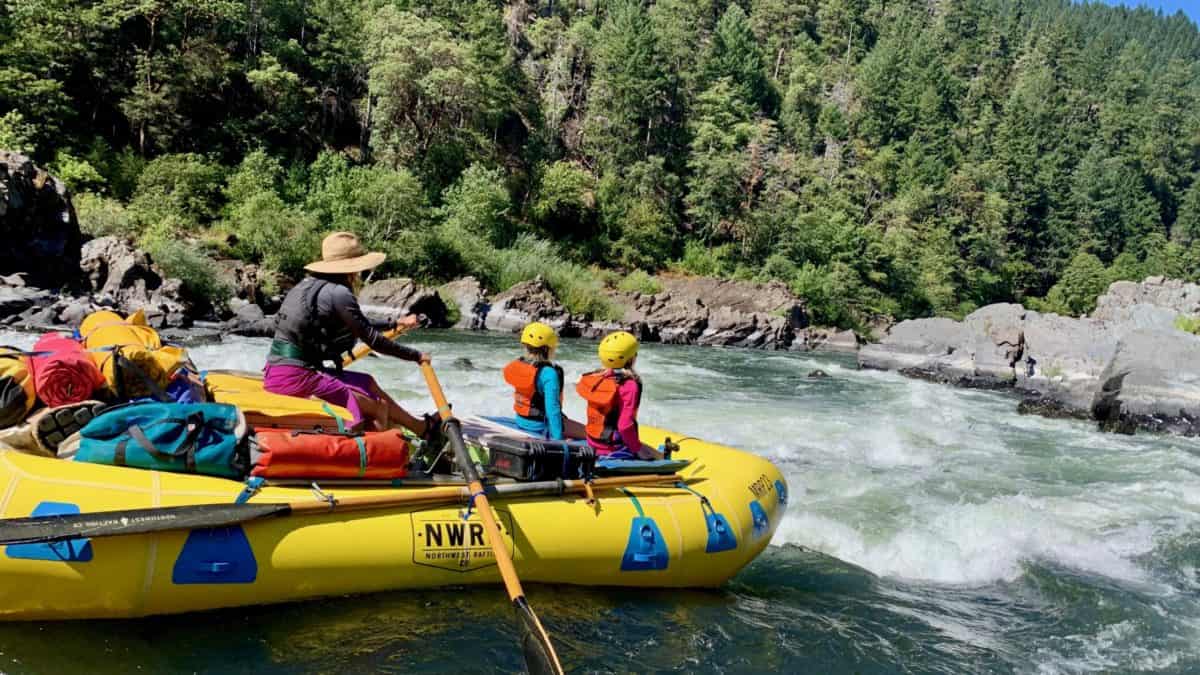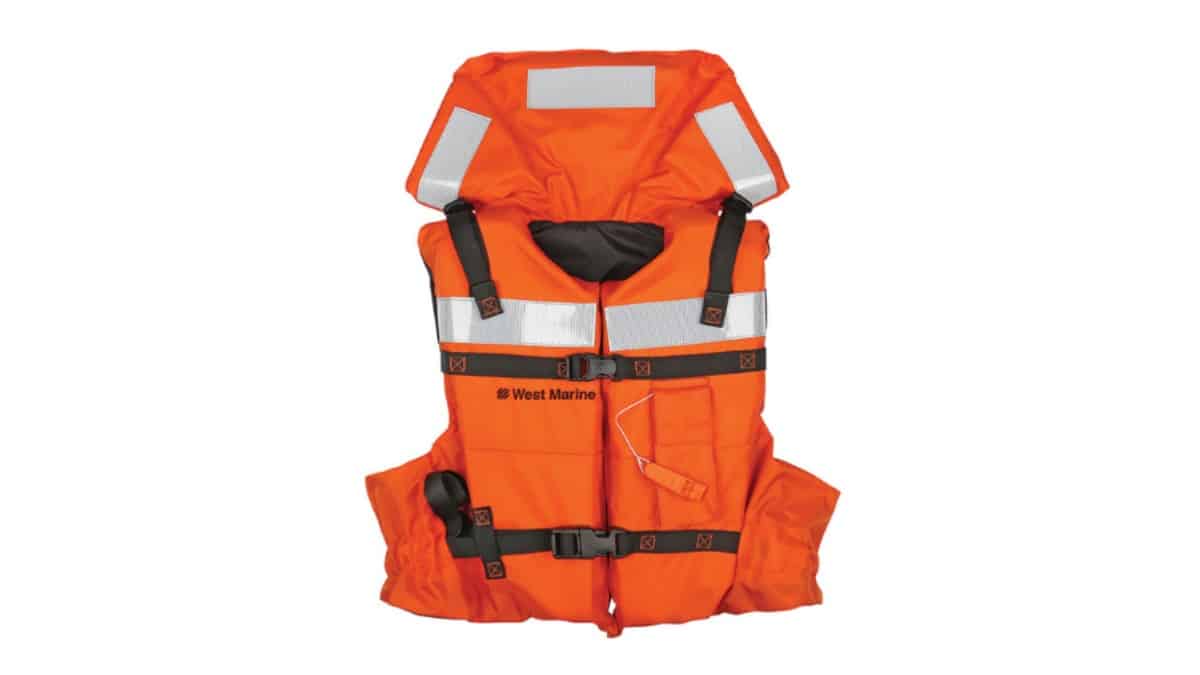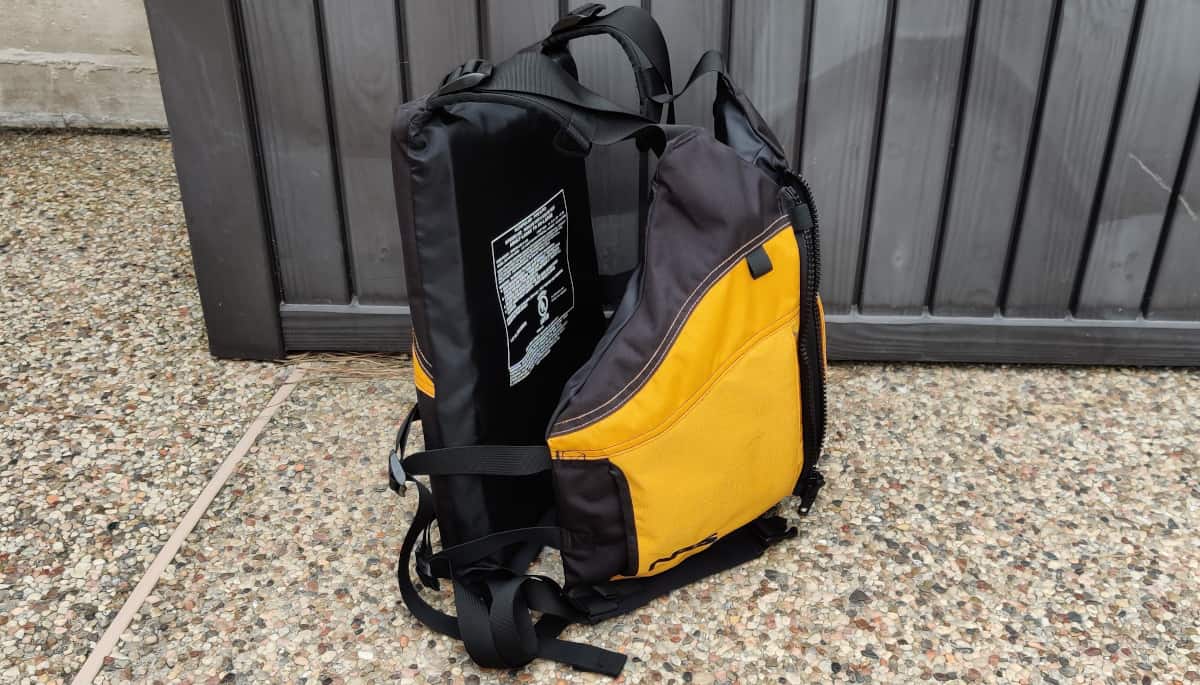The Five Different Types of Personal Flotation Devices (PFDs)
A Personal Flotation Device, also called a PFD, helps you stay on the surface of the water. They can help keep you safe during a variety of recreational activities and situations. In the United States, the U.S. Coast Guard certifies and regulates PFDs, dividing them into five different types. Within these five categories there are inherently buoyant (foam-filled), inflatable, and hybrid designs. This article will focus on inherently buoyant equipment as they are the most common safety choice for whitewater paddlesports.
What is the difference between a PFD and a lifejacket?
While potentially subtle, there are differences between life jackets and most PFD’s. The most important difference between a life jacket and PFD is that life jackets are designed to turn the wearer face up in the water even if unconscious. Thus, most of the flotation will be located in the front and collar of the jacket. Nowadays, Type I and some Type II PFDs are also considered life jackets because they can potentially flip someone right side up. Otherwise PFDs do not have enough buoyancy in the right places to automatically turn a person and help them breathe.

PFDs come in all sorts of sizes, shapes, and colors
The most important difference between a life jacket and PFD is that life jackets are designed to turn the wearer face up in the water even if unconscious.
To get technical: life jackets are also PFDs but not all PFDs are life jackets.
What is a Type I PFD?
A Type I PFD is high-coverage maximum flotation. They contain a minimum of 22 lbs of buoyancy (for children 11 lbs), mostly located on the front of the jacket. They are meant to be the safest jacket when rescue is far away. Consider purchasing Type I PFD's when boating alone or stormy conditions in open, rough, or remote waters. You can also spot them on commercial vessels that cruise, race, or offshore fish. Their padding and insulation help guard against hypothermia if rescue is indeed far away but it can be hard to swim well in these bulky jackets.

Type I PFD
What is a Type II PFD?
Designated for calmer excursions, Type II PFDs require less flotation (15.5 lbs for adults). They are best used in tranquil, inland waterways where rescue is within a short distance. Only some Type II PFD’s turn unconscious wearers face-up. Inflatable Type II’s (up to 22.5 lbs of floatation) are significantly more buoyant than a foam Type II PFD. While they have far less flotation than a Type I, they are more comfortable and maneuverable for the wearer in the water.

Type II PFD
What is a Type III PFD?
Like Type II PFDs, Type III PFDs also have a minimum buoyancy of 15.5 lbs. They are most common for recreational activities like canoeing, kayaking, sailing, water skiing, fishing, and operating personal watercraft. They are best when immediate rescue is available. These PFDs are not suitable for extended survival in rough water like a Type I. Even more comfortable than other types, a Type III should complement your activity and allow for movement. Note that you will have to put yourself face-up, as it does not turn the wearer automatically into breathing position.

An NRS Type 3 Personal Flotation Device (PFD) (Tomas Munoz)
What is a Type IV PFD?
A Type IV PFD is not worn, but thrown. In pools, motor boats, or commercial vessels, they are often rings, horseshoe-shaped, or cushions with handles. Their flotation ranges from 16.5-18 lbs. In a rescue situation, throw the PFD to a conscious swimmer, who pulls themselves on top of the flotation and wraps their arms through the handles. Do not sit on Type IV PFD's, this destroys the foam. In terms of paddling, a Type IV PFD is the least functional choice because it does not attach safely and securely to the body.

Type IV PFD
What is a Type V PFD?
Type V PFDs are special use jackets ranging from 15.5 to 22 lbs of buoyancy. They are optimized for their activity such as kayak rescue vests, sailing harnesses or deck suits. Commercial guest PFDs have a neck pillow to help keep the head above water, making those PFDs Type V. Many paddlers wear a Type V vests with a quick-release tab attached to a line and ring meant for live-bait rescue. Before choosing this vest, make sure to receive proper training in its various functionalities.

The Astral Greenjacket is a Type V whitewater kayaking PFD with a quick release harness.
What about your dog?
Yes they make canine floatation devices (CFDs) as well. I have heard too many horror stories of dogs swimming in rapids and not having some floatation to help them out. There are a couple models out there so if you plan on bringing your canine friend don't forget their CFD.

Dogs rafting in Oregon
A lack of a personal floatation device is common in boating accidents. Find a PFD that fits, is comfortable, and wear it when on the river to help reduce risk.




